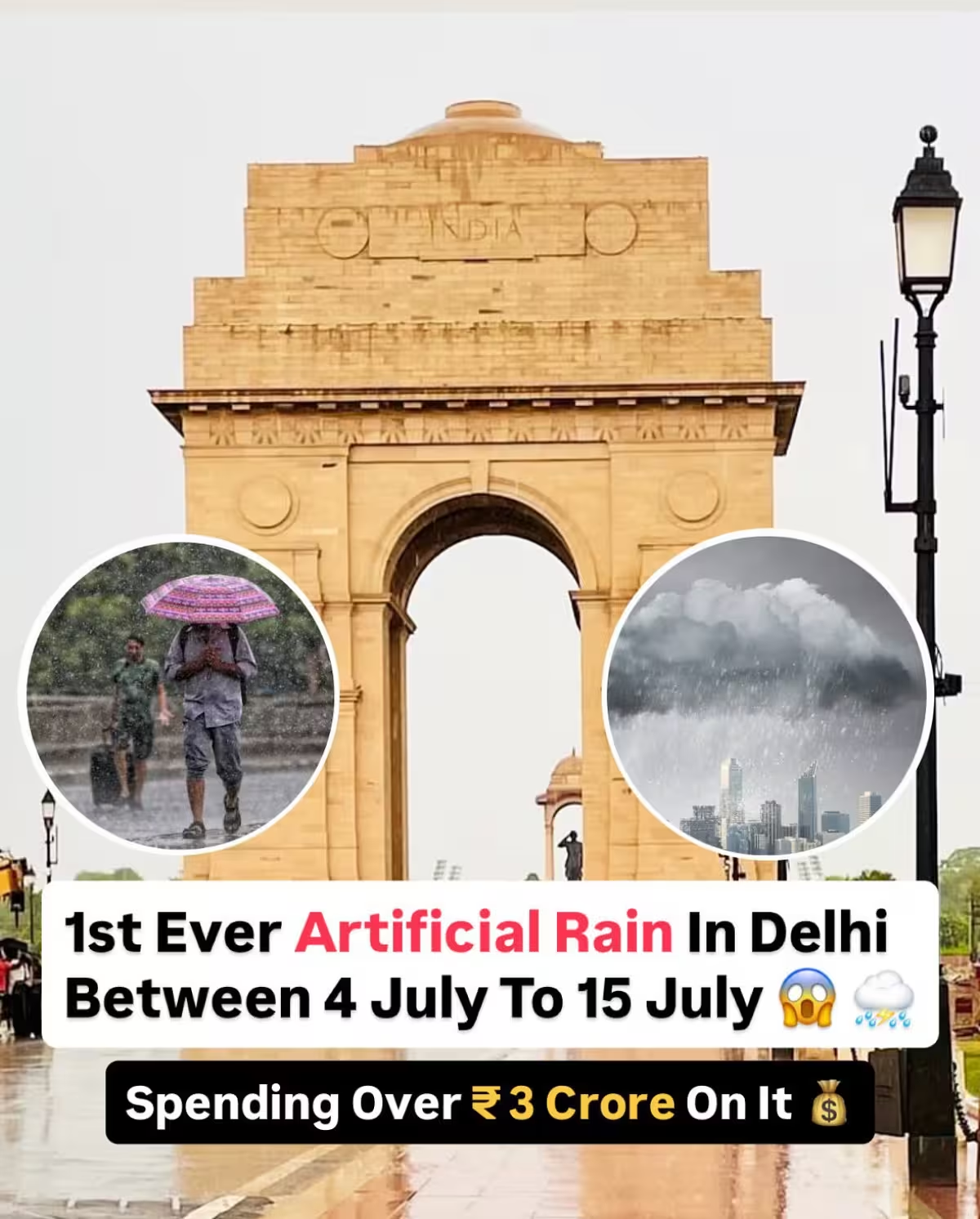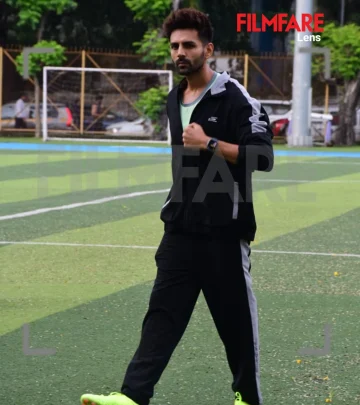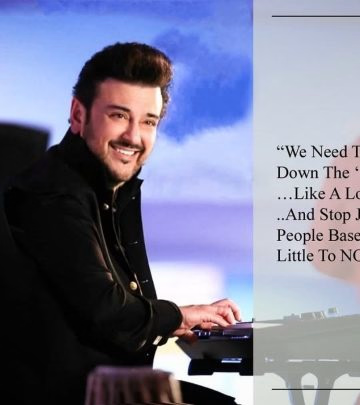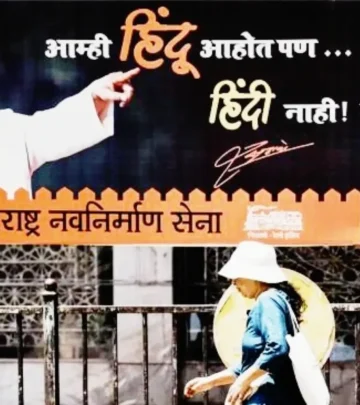Delhi Initiates First Artificial Rain
Cloud seeding to curb pollution led by CM Rekha Gupta with IIT Kanpur tech expertise ASAP!

Image: Instagram
Delhi is poised to break new ground by initiating its first-ever artificial rain experiment. Scheduled between July 4 and 11, 2025, the ambitious cloud seeding project aims to tackle the city’s persistent air pollution issues. The Delhi Environment Department, under the leadership of Chief Minister Rekha Gupta, is spearheading this project, with IIT Kanpur providing the technical know-how necessary for the operation.
Project Overview
The main goal of the project is not only to demonstrate the potential of artificial rain but also to assess its effectiveness in reducing airborne pollutants in one of India’s most polluted megacities. By deploying cloud seeding techniques, officials hope to induce rainfall artificially, thereby scavenging particulates from the atmosphere and temporarily improving air quality. This could mark a turning point in environmental management strategies for Delhi, where seasonal smog and pollution have long impacted public health and quality of life.
A recent Instagram post by Instant Bollywood highlights the initial excitement surrounding the project. Although originally known for its coverage of celebrity culture, the account has taken an interest in this groundbreaking approach to urban environmental challenges. The visuals shared in the post show a sky imbued with heavy clouds, hinting at the promising impact this initiative could have on the region’s weather and air quality.
Technical Operations
The technical aspect of the project is being managed by experts from IIT Kanpur. Their involvement is critical in ensuring the sophisticated processes required for cloud seeding are executed correctly. This includes the careful dispersion of specialized agents into the clouds, which is designed to trigger natural precipitation. The scientific team is tasked with monitoring various meteorological parameters to ascertain the precise moment when seeding will be most effective. According to official statements, a rigorous protocol has been established to evaluate every phase of the experiment.
The Delhi Environment Department is also working in close coordination with local meteorological services to track the project’s progress and its effects on atmospheric conditions. Early projections suggest that even a slight induced rain could lead to drastic improvements in air quality, at least in the short term. This approach, if successful, may serve as a model for other metropolitan areas struggling with similar pollution issues.
Environmental Impact
The impact of air pollution on Delhi’s residents has been a topic of concern for many years. Elevated levels of particulate matter have contributed to respiratory illnesses and other pollution-related health problems. With the expected onset of artificial rain through cloud seeding, environmental experts are optimistic that there could be significant, albeit temporary, relief from these harmful pollutants. In fact, early simulations and trials in controlled settings have shown promising results that suggest the reduction of pollutant particles after induced rainfall.
City officials have also emphasized that this experiment is part of a broader strategy to adopt innovative methods for pollution control. While long-term solutions like reducing vehicular emissions and improving industrial regulations remain vital, immediate interventions—such as artificial rain—could provide the much-needed respite for citizens during the worst periods of smog.
Future Prospects And Challenges
Despite the optimism, experts caution that artificial rain is not a silver bullet for the city’s environmental woes. The cloud seeding experiment is fundamentally a temporary measure aimed at curbing the immediate effects of high pollution levels. Long-term improvement in air quality will depend on systemic changes across many sectors, including energy production, transportation, and urban planning. There is also the scientific challenge of unpredictability; weather patterns can be capricious, and there is no guarantee that the seeding will result in the desired rainfall every time.
Nonetheless, the initiative marks a significant advancement in the area of weather modification and sets a precedent for future projects that combine cutting-edge technology with environmental policy. It serves as an experimental benchmark: if successful, similar projects could be considered in other cities facing acute pollution problems.
Local residents and environmental activists are watching the project closely. Social media platforms, including Instagram, have been abuzz with discussions regarding the feasibility of such projects. A series of posts have shown hopeful sentiment about the potential of artificial rain, with some users drawing parallels to similar experiments in other parts of the world.
In a broader sense, this project underscores the growing trend of using scientific interventions to address urban challenges. As cities continue to expand and face mounting ecological pressures, innovative approaches like artificial rain may become an increasingly important part of urban management strategies. The collaboration between the government, research institutions, and even digital media platforms like Instant Bollywood highlights how diverse stakeholders can come together to address a common issue.
The coming weeks will be crucial in determining the immediate impact of the cloud seeding experiment. Officials have promised detailed updates as the project unfolds, and environmental experts are eager to analyze the data that will emerge. For many in Delhi, the hope is that these brief instances of artificial rain will translate into tangible health benefits and set the stage for more sustainable practices in the future.
This pioneering initiative not only puts Delhi on the map as a leader in innovative environmental interventions but also offers a glimpse into how technology and policy can combine to confront some of the modern era’s most pressing challenges.
Read full bio of Glendon Moss

























